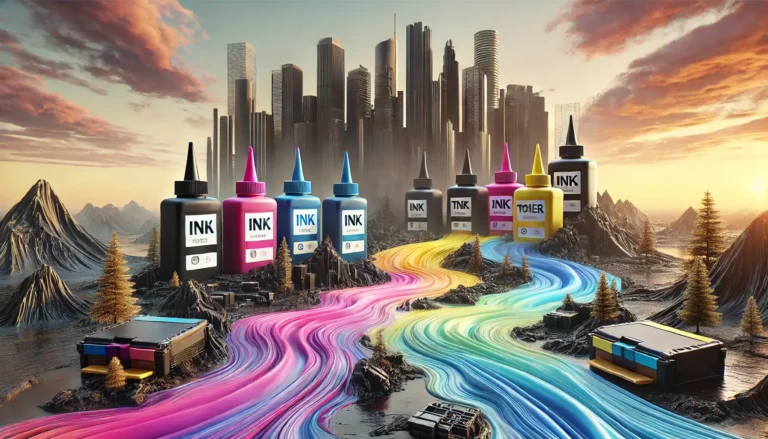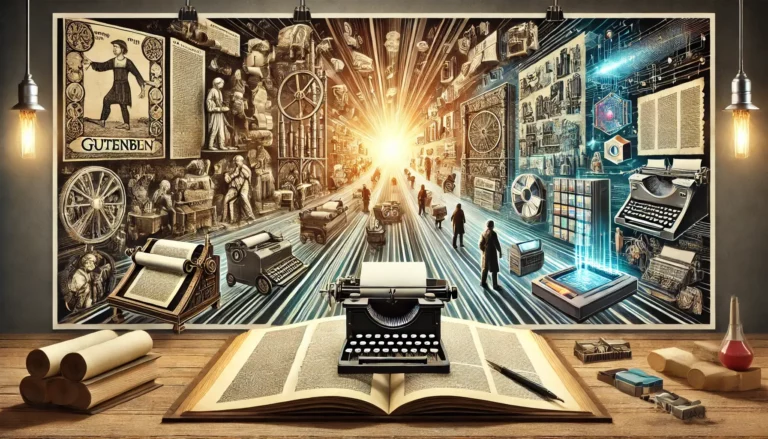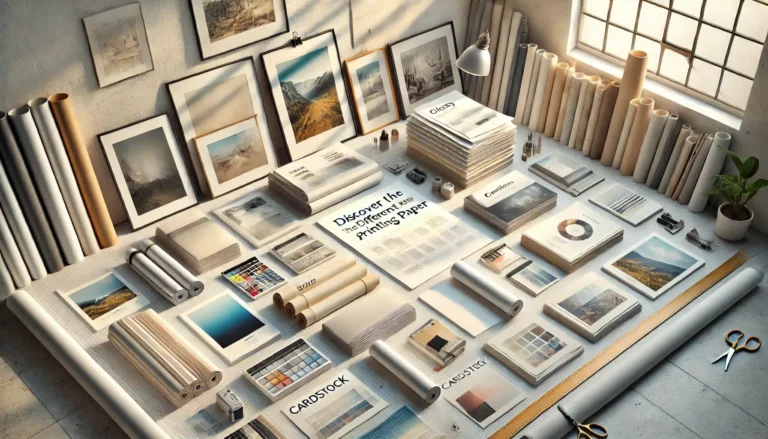The printing industry has come a long way. Since the invention of Johanne Gutenberg’s printing press, we’ve seen an array of innovations that have brought printing to the modern age. Electronic printers allow us to print any digital images and documents that we want, with manufacturers constantly looking for ways to speed up the process.
But your printer at home has one major limitation. It can only print 2D text and images.
What if a printer could print in 3D?
That’s not a pie in the sky fairytale idea anymore. 3D printing exists and the technology has become increasingly accessible. Some even believe that it will become the major technology in the manufacturing industries in years to come.
But what is 3D printing and what are its benefits? This article examines the technology in more depth.
What is 3D Printing?
Most manufacturing techniques use subtractive processes. This means that you have a base material and you take things away from that material to create an item. Take a wooden carving as an example. You start with a block of wood, which you chip away at until you’re left with the carving that you want.
3D printing flips that idea around. It’s an additive manufacturing process, which means that it creates objects by adding material to a design, rather than removing material to achieve a design.
It’s also a digital technology. 3D printing takes a digital design and turns it into something physical. It does this by layering materials until you have an end product.
At its most basic, you can think of 3D printing as working along the same principles as 2D printing. You have a digital concept that you want to create a physical version of. The difference is that 3D printers allow you to do this with objects, rather than just text and images.
The technology has actually existed since 1983. Chuck Hull’s stereolithography outlined the basic processes that modern 3D printers use. However, companies didn’t adopt the technology immediately due to the massive costs involved. It’s only in recent years that 3D printing has become economically viable, which is why many people see it as a more recent technology than it actually is.
How Does 3D Printing Work?
We’ve described some of the basics above, but let’s run through a step-by-step of how 3D printing works.
Step 1 – You create a digital model, often using a digital design software package. You may also use a 3D scanner to create a digital model of a physical object.
Step 2 – You then slice this digital model into very thin layers before sending it to your 3D printer. This requires the use of a special slicing software. Typically, you’ll apply this slicing technique based on how your 3D printer works.
Step 3 – Transfer the sliced digital file you’re your 3D printer. Again, the method you use differs depending on your printer. Some allow for wireless transmission, whereas others require you to save your model onto a USB memory stick and transfer it manually. In the end, each method leads to the same result – your model gets uploaded to the 3D printer.
Step 4 – With the model uploaded, the printer starts printing a physical object based on the slicing pattern you created. Again, the exact method differs depending on the manufacturer. However, the basics involve spraying particles of a material in the right patterns so that they gel together, creating a physical object.
It sounds quite simple on paper, though the technology behind it is much more complex. Modern 3D printers allow you to use several materials and can create an almost infinite number of objects of varying complexities. Often, the only limitations that you face relate to the size of the printer and the materials that it can use.
What Are The Benefits of 3D Printing?
3D printing technology offers a wide range of potential benefits. These include the following:
- The ability to move designs to prototype much faster. This is of particular benefit to the architectural industry, as it allows architects to create physical models of their designs without spending days putting materials together. Moreover, this speed should prove useful to the manufacturing industries.
- The additive manufacturing process produces less waste than the subtractive process. With 3D printing, you only use the materials that go into making the object. Other manufacturing techniques require you to take materials away, which creates a large amount of waste.
- A reduction in waste product also means that you spend less on the materials needed to create objects. Over time, this spending reduction should eclipse the initial extra investment 3D printing technology requires.
- The ability to quickly manufacture only the products that you need means that there’s a reduction in warehousing. Companies no longer need to produce more of an item then they’re likely to sell. Instead, they can use 3D printing to quickly create items based on demand.
- Your imagination is the only real limitation. Anybody who has an idea for a new product can design it digitally and rely on a 3D printer to create it. This means they don’t need knowledge of how to physically build a prototype.
- Many believe that 3D printing will benefit the medical industry in the future. The technology may be useful for creating prosthetic limbs and organs, which would cut down on the sector’s reliance on donors.
What Are the Drawbacks of 3D Printing?
Unfortunately, every technology has its drawbacks. Here are a few related to 3D printing, some of which cover the potential long-term consequences of increasing adoption of the technology.
- Some believe that 3D printing will eventually lead to a loss of jobs in the manufacturing center. Machines that can create products without human intervention would have a serious impact on manufacturing plants. May speculate that manufacturing in countries like China and India will take the biggest hit.
- Currently, 3D printers can only use a limited number of material types, such as plastic, ceramic, and resin. This is likely to change as the technology evolves.
- The ability to create any item presents several issues. Fraudsters could easily emulate copyrighted products and pass them off as their own creations. Many also worry that 3D printers may aid in the production of weapons, such as knives and guns.
- The size of the objects you can create has a limit based on the size of the 3D printer. However, some newer 3D printers aim to remove the size limitation. Monolite UK’s experimental D-Shape 3D Printer may allow for any size of printing to take place. However, such technology isn’t commercially available right now.
The Final Word
It appears that 3D printing is the next big thing in the manufacturing industry. But its potential stretches much farther than that. Construction and the medical industries may have use for it as it advances, but it’s also possible that 3D printers will one day become as accessible as 2D printers for the home user. If this occurs, all it would take is knowledge of a digital design software package to create any product that you can imagine.
But 3D printing remains largely inaccessible to home users, at least for now. But the technology is still in its fairly early stages. It’s likely that the advancements we saw in 2D printing, such as higher and faster output combined with the more efficient use of materials, will occur with 3D printing as well.


